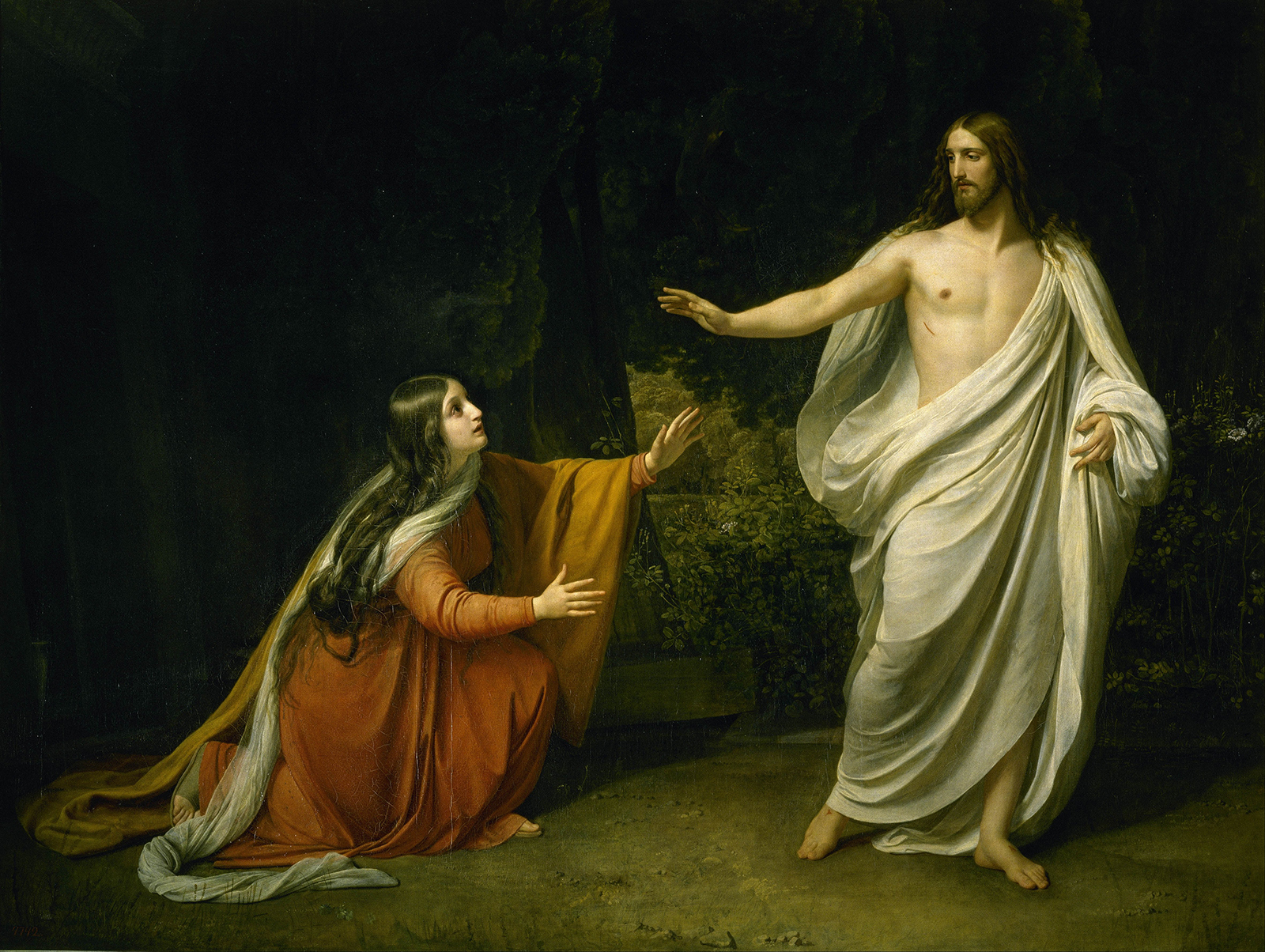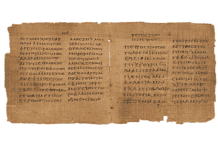Mary’s diminishment took place slowly as Christianity grew more patriarchal. Perhaps the biggest blow to her reputation came in the sixth century, when Pope Gregory the Great conflated Mary Magdalene with the “sinful woman” who anointed Jesus’ feet with perfume in Luke 7. That woman is never mentioned by name by the writer of Luke’s Gospel. But for the next 1,500 years Mary Magdalene was often equated to a prostitute, or in modern parlance, a sex worker.
As Schrader and Taylor demonstrate, there was no consensus about Mary or her origins in antiquity. In fact, there were multiple locations named Migdal throughout Judea and Galilee. The fourth-century Christian historian Eusebius thought Magdala was a town in Judea, not Galilee.
St. Jerome, best known for his translation of the Bible into Latin (a version called the Vulgate), said he believed Mary got the name Magdalene because she was a tower of faith — a “tower-ess” as he puts it in a letter from the year 412.

Artist Alexander Ivanov’s 1835 painting “Christ’s Appearance to Mary Magdalene after the Resurrection.” Image courtesy of Creative Commons
Later, during the Byzantine era and especially during the period of the Crusades from the 11th to the 13th centuries, a town near the Sea of Galilee known initially as el-Mejdal became a Christian pilgrimage site known as Magdala. It still is.
“What we’re saying is that it wasn’t a site at the time of Jesus,” said Taylor. “At that time, there was a city called Tarichaea, which is mentioned by Josephus and Pliny. But it was never called Magdala in the Roman period.”
Journalists weren’t the only ones to allege Mary was from Magdala. In a statement announcing the excavation of the synagogue, University of Haifa excavation director Dina Avshalom-Gorni said, “We can imagine Mary Magdalene and her family coming to the synagogue here, along with other residents of Migdal, to participate in religious and communal events.”
For some, rooting Mary in the town of Magdala is important. Archaeologists need funding for their digs. If they can connect their work to a biblical figure or event, private and institutional funding will start pouring in, Taylor said.
Evangelicals in particular, eager to find physical evidence the Bible is historically true, are wedded to the idea that Mary came from the town of Magdala. So are some feminist scholars who want to disassociate Mary Magdalene from the sinful woman in Luke 7.
But situating Mary in Magdala also shuts the door to Mary’s legacy.
“If you say she’s from Magdala it eliminates the possibility that ‘Magdalene’ indicates a title of a more prominent disciple,” said Schrader.
Considering “Magdalene” as an honorific also restores her dignity, added Taylor. “It creates a clean slate for her to be recovered in a fresh way.”
This article originally appeared here.











